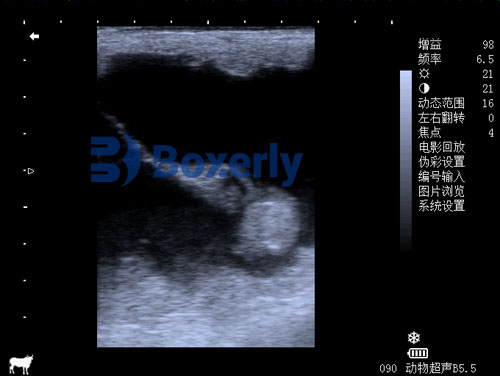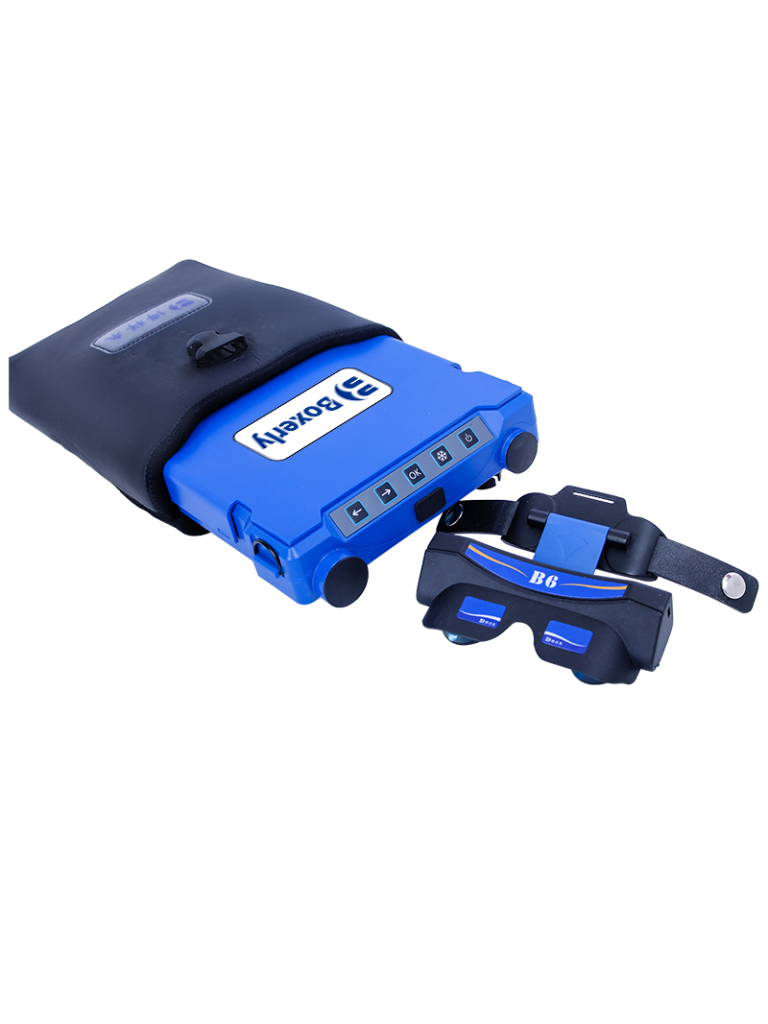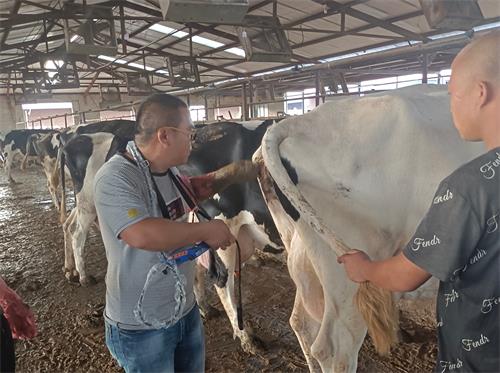Portable Ultrasound Use During Horse Birth Emergencies on Farms
When a mare goes into labor, it doesn’t always go by the book. On farms, especially those without immediate veterinary access, birth complications can quickly escalate into emergencies. Portable ultrasound has quietly become a critical tool in these moments, not just for diagnostics but for decision-making and even saving lives—both equine and human.

Let’s say you’re standing in a dimly lit barn, it’s 2 a.m., and your mare is restless. Her water broke 20 minutes ago, but nothing else is happening. Panic starts to creep in. Is the foal in the wrong position? Is the cervix fully dilated? Is the foal even alive? Without immediate help, you’re left to make tough calls. But if you have a portable ultrasound device, you’ve just given yourself eyes inside the womb—and a fighting chance.
Why Horse Birth Emergencies Are So High-Stakes
Equine dystocia (difficulty during birth) is one of the most urgent situations in farm-based animal husbandry. Unlike cows or pigs, horses have an extremely narrow window of safe delivery. If a foal isn’t born within 20 to 30 minutes after the water breaks, the risk of complications skyrockets. A delay can result in asphyxiation, limb malposition, uterine rupture, or death of the foal or mare—or both.
Veterinarians often emphasize how “minutes matter” when it comes to equine birth, but many farms simply aren’t within driving distance of 24-hour equine hospitals. This is where portable ultrasound technology steps in—not to replace vets, but to bridge the gap until they arrive.
What Can Portable Ultrasound Do During a Foaling Emergency?
Portable ultrasound units used on farms today are nothing like the bulky hospital machines of the past. They’re lightweight, battery-powered, and designed to handle dust, cold barns, and uncooperative animals. In experienced hands, they offer:
-
Fetal Position Identification
Is the foal coming front-first, with both front feet and nose visible? Or are you looking at a breech position, a flexed limb, or even twins? Within seconds, ultrasound can confirm this and help determine whether intervention is needed. -
Fetal Heartbeat Check
One of the most important indicators: is the foal alive? A clear heartbeat can guide whether you attempt assisted delivery, wait, or prepare for surgery. -
Placental Evaluation
In rare cases, part of the placenta may detach prematurely or be abnormally positioned, reducing oxygen to the foal. A quick scan helps detect abnormalities and avoid guesswork. -
Uterine Status
Sometimes the mare’s uterus is under-toned or compromised due to age, fatigue, or prior C-sections. Ultrasound helps detect uterine tears or incomplete contractions.
Real-Life Stories from the Field
Farmers and breeders across the U.S., UK, Australia, and Canada are already using this technology in the field. Emily Davis, a breeder in upstate New York, recalls the first time she used portable ultrasound:
“My mare went down hard, and I knew something wasn’t right. I scanned and saw one leg folded back. That’s not something you want to fix blind. I called my vet, kept her on the line, and with her guidance and the scan in hand, we repositioned the leg and delivered a healthy colt.”
Similarly, in parts of rural Queensland, where vet access can be hours away, portable ultrasound is often shared among farms. The local agricultural co-op even subsidizes machines because of how often they prevent stillbirths or catastrophic injuries.
Easy to Learn, Critical to Master
Most portable systems now include equine-specific presets and can be connected to smartphones or tablets for better visuals. Farmers can learn the basics—like how to detect a fetal heartbeat or recognize limb orientation—with just a few hours of training. Some breeding operations even host annual “ultrasound bootcamps,” inviting equine vets to teach hands-on sessions before foaling season begins.
However, understanding what not to do is just as important. For instance, pressing too hard with the probe during a late-stage scan can be risky. That’s why regular practice and support from your vet or tech representative make all the difference.
Limitations and Common Misunderstandings
It’s not a magic wand. Ultrasound won’t fix malposition, and it can’t deliver a foal for you. It also won’t replace the need for emergency veterinary care. But it will give you information. And in birth emergencies, information is power.
Some misconceptions still float around. One common myth is that portable ultrasound can only be used externally. In reality, transrectal scanning is often more effective during late gestation or in determining fetal orientation. Another myth is that ultrasound slows down emergency care. In truth, it usually speeds things up by helping decide whether to assist manually, call for surgery, or transport the mare immediately.
A Worthwhile Investment for Breeding Farms
Buying a portable ultrasound machine used to be considered a luxury. Now it’s almost standard on responsible breeding farms. The cost has dropped significantly in the past five years, with some durable, equine-optimized units available for under $2,000. And the value they provide—in saved foals, avoided injuries, and peace of mind—is hard to overstate.
For commercial breeders, having just one successful save using ultrasound can justify the investment. For smaller farms, shared ownership or renting during foaling season is an option growing in popularity.

What to Look for in a Farm-Ready Ultrasound System
Not all ultrasound units are created equal. Here are some farmer-approved features to look for:
-
Battery-powered (6+ hours)
-
Equine imaging presets
-
Sunlight-readable screen
-
Rugged, waterproof casing
-
Shoulder strap or belt holster for hands-free use
-
Compatibility with both rectal and abdominal probes
And most importantly, good support and training—either through the manufacturer, distributor, or your local vet.
The Future of On-Farm Equine Care
As equine breeding becomes more sophisticated, the use of ultrasound is spreading beyond emergencies. Some farms are using it proactively in the days leading up to birth to spot early signs of trouble—like premature placental separation or incorrect fetal positioning. Others use ultrasound post-delivery to check for retained placenta or uterine tears, which are often missed until it’s too late.
Combined with wearable foaling alarms and better birth monitoring apps, portable ultrasound is part of a larger shift toward tech-assisted animal care, even in traditional settings. And for horse lovers everywhere, it’s a change worth embracing.
Final Thoughts
When birth emergencies strike, every second matters. Portable ultrasound doesn’t replace experience or veterinary care—but it gives you the vision to act fast, make smart calls, and give both mare and foal the best shot at survival.
Ask any farm that’s lived through a traumatic foaling, and they’ll likely tell you: having a good ultrasound machine on hand isn’t just helpful—it’s essential.





